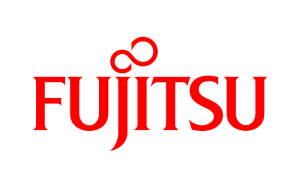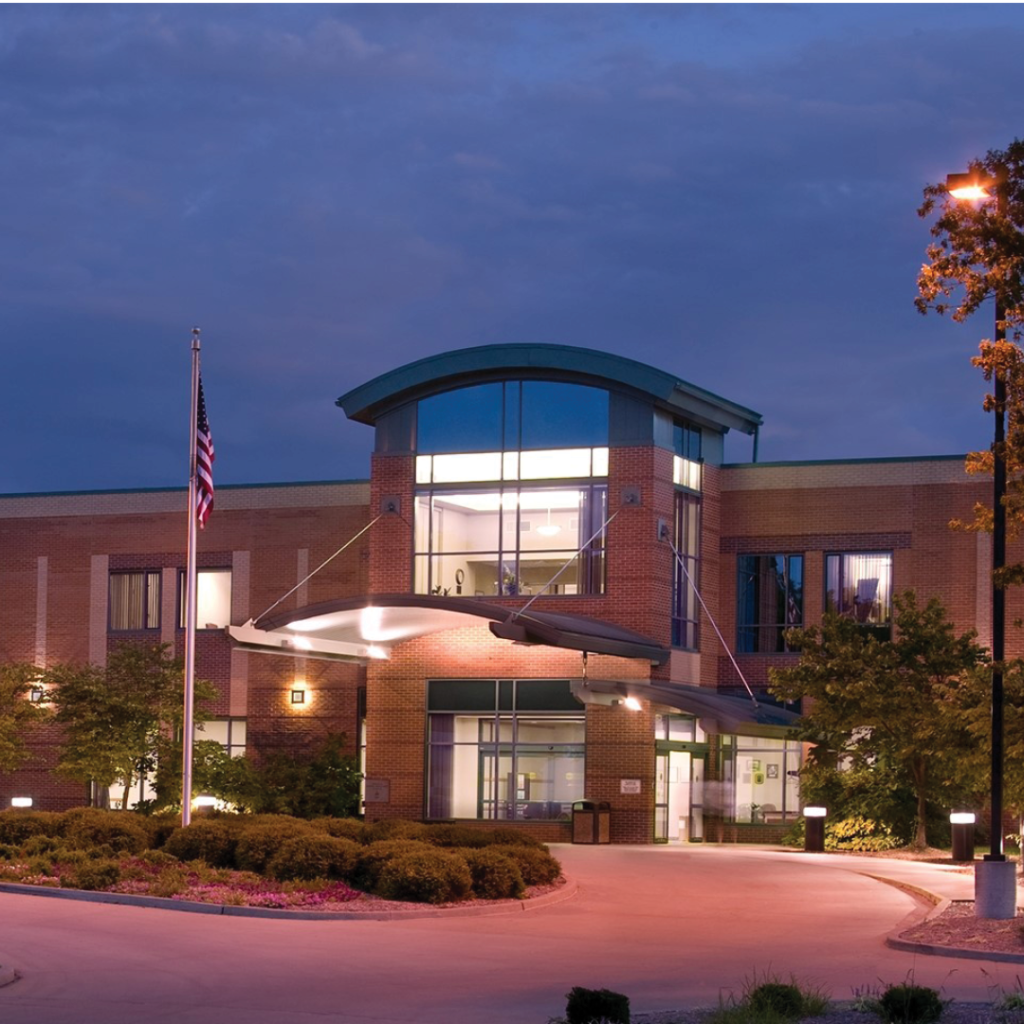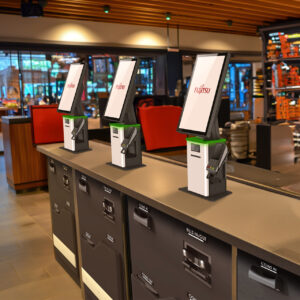Missouri hospital leverages the power of Fujitsu PalmSecure biometric technology to integrate accurate, hygienic authentication system for time and attendance tracking.
A major trend in both physical and logical access control, especially as the two converge, is moving to biometric authentication technologies for a more accurate, secure method of verifying identities. However, not all biometrics are created equal — a truth that Bates County Memorial Hospital in Butler, Missouri learned the proverbial hard way.
Bates is a 60-bed acute facility offering a wide range of services, including an emergency department staffed with physicians 24 hours per day as well as inpatient and outpatient surgery. To streamline its time and attendance system for doctors, nurses and the rest of the hospital staff, the Bates IT department deployed a fingerprint biometric solution. This seemingly innovative initiative quickly proved to have issues. Bates began experiencing several serious problems with its fingerprint system.
The Problem:
“We faced quite a few issues with our fingerprinting system. For one, it could not recognize a number of employees’ fingerprints, and therefore the system could be bypassed to only use the employees’ ID numbers. It was also not a hygienic technology because employees were constantly touching the sensor, so it did not comply with hospital infection control standards,” said Daniel Cook, networking engineer at Bates County Memorial Hospital.
“We liked the idea of biometrics as the best form of access control, but needed something more advanced than fingerprinting,” Cook continued.
To that end, Cook and his staff turned to PalmSecure, a biometric authentication technology made by Fujitsu Frontech North America Inc. that identifies users by scanning and analyzing their sub-thermal palm vein patterns (which are unique to every individual and do not change over time).
The Solution:
PalmSecure is an advanced, vascular pattern recognition technology that provides a highly reliable authentication in a contactless, hygienic form factor that is nonintrusive and easy to use. Because PalmSecure scans vein patterns instead of the surface of the palm, it cannot be confused or deceived by cuts, abrasions or other surface abnormalities that can impact the accuracy of a fingerprint biometric system.
Bates integrated PalmSecure into its new MedGenix Health Information Network, its Hospital Information System modules as well as the modules for Rural Hospitals and Clinics developed by Creative Healthcare Systems, Inc. Cook and his staff leveraged the Fujitsu PalmSecure Web-based system to integrate the technology into the MedGenix network in less than four weeks.
The Result:
“After implementing PalmSecure, we immediately noticed a reduction in the number of false negatives that were common in our previous fingerprint-based system. PalmSecure has saved the hospital money by eliminating a two-factor authentication process that was easily circumvented, and simply replacing it with single, reliable authentication technology. It is also a much more hygienic, sterile system than what we were using before,” said Cook.
For healthcare providers, PalmSecure technology can be easily integrated into products for both physical and logical access control systems. The technology is successful in time and attendance system applications as it is unaffected by normal amounts of dirt and grime on the palm, which can increase the error rates for other biometric modalities such as regular fingerprint scanners.
Palm vein authentication is a contactless, hygenic form of biometric security that is easy to use and is more accurate than fingerprint and facial authentication. PalmSecure technology can be used to identify members within seconds for applications such as Single Sign-On without the need for a bank card.
Fujitsu PalmSecure technology generates low false accept rates (FAR) and false reject rates (FRR) that are comparable with iris scanners at a price point that is similar to existing fingerprint scanners. Fujitsu PalmSecure technology has a FAR of 0.00008% and an FRR of 0.01 percent, several notches higher than existing solutions available in the market. Palm vein biometric products are also more durable, relatively less bulky, and more secure than traditional biometric
technologies.
The need for biometric authentication solutions is clear; however, Fujitsu has seen products on the market that present significant challenges in terms of accuracy, enrollment difficulty and residual trace issues. PalmSecure technology addresses these challenges head on, providing users with a proven biometric authentication solution that is contactless, highly accurate, has virtually no enrollment failure and is practically impossible to forge because it leaves no biometric trace behind following authentications. Analyst group Frost & Sullivan has also awarded Fujitsu PalmSecure authentication as the best practices in biometrics healthcare identity management technology innovation.





